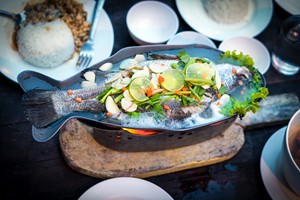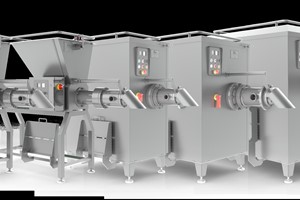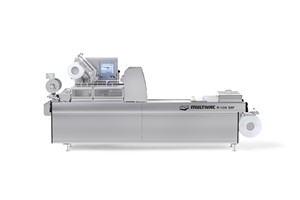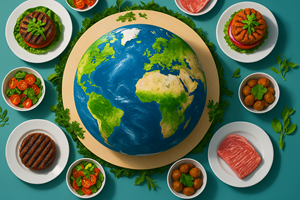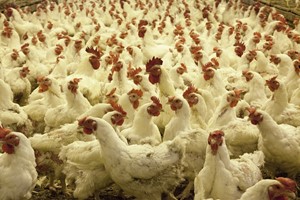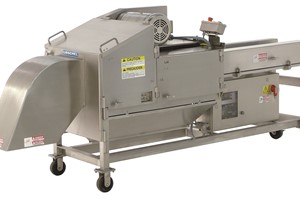Since 1961, fish production has been gradually increasing at a growth rate of 16 percent. Egypt is the biggest producer in both capture fisheries and aquaculture, supplying 40 percent of the total production in the Middle East. This is followed by Iran (21 percent), Turkey (19 percent), Yemen (6 percent), and Oman (5 percent), according to FAO. Despite being low on water, the GCC is rich in terms of fisheries resources; in two years' time Oman will become home to one of the biggest aquaculture facilities in the GCC, according to a recent report by Mordor Intelligence. A USD80 million project will involve inland aquaculture, cage farming, and Mari culture. The farm is to produce 3,000 tons of fish in 2016; 8,000 tons in 2017 and 13,000 tons in 2018, this includes 10,000 tons of shrimp and 3,000 tons of tuna, cobia and sea bream. This aquaculture project is expected to be supported by all GCC countries and reflects continuous effort to produce more food locally because of sharp decline of fish stock, due to overfishing and pollution, the region is turning to fish farming to meet the demand for protein. Moreover, fish consumption in the GCC is estimated at 10 kg per person per year, with UAE on top in the regional rankings in the consumption of seafood with 33 kilograms per person. Population growth and rising affluence means increasing demand for fish, and it is projected to grow at around eight percent a year up to 2030, reaching 900,000 tons by that year in the UAE. The GCC has rapidly emerged as a powerhouse in the culinary scene, and the UAE is one of the top destinations for premium seafood products, according to a report by Agriculture and Agri-Food Canada. The booming foreign population, tourism industry and economic progress in the region have fuelled an increasing demand for high-end seafood products such as lobsters, scallops, and other high-quality fish. On the other hand, fish supply in GCC countries must increase 20 percent to meet the region's current levels of consumption, according to Mordor Intelligence's report. Aquaculture is relatively new in Saudi Arabia and there are not many rules and regulations governing the sector. The Saudi Arabian Ministry of Agriculture announced that it would inject USD10.6 billion into aquaculture projects to produce one million tons of fish in the next 16 years. Population growth and rising affluence means increasing demand for fish, and it is projected to grow at around eight percent a year up to 2030, reaching 900,000 tons by that year in the UAE alone. Fish supply in GCC countries must increase 20 percent to meet the region's current levels of consumption. The problems in production include unsustainable capture fishing practices, overfishing over common fishing waters, insufficient consolidation and systemizing in the informal fisheries sector, and more.


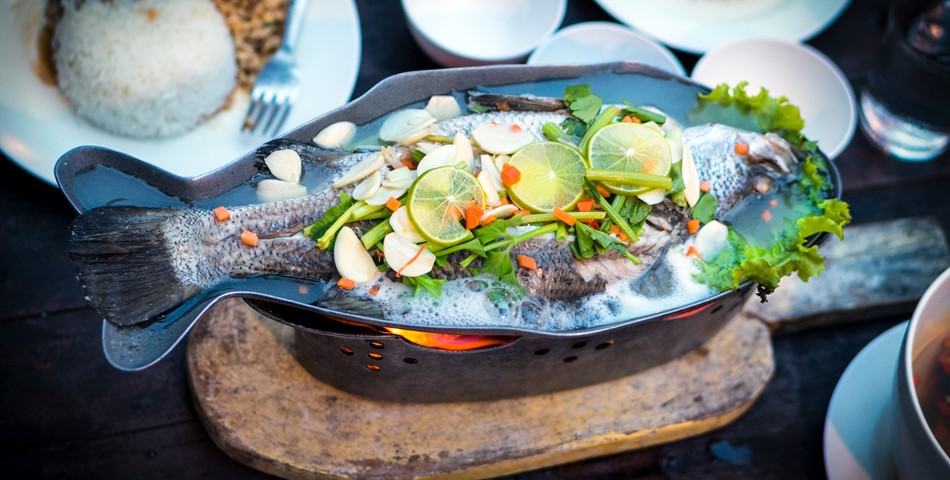
MENA region is abundantly surrounded by water, including the Mediterranean, the Arabian Gulf, the Gulf of Aden, the Red Sea, the Black Sea, the Caspian Sea and the Arabian Sea. However, fisheries and aquaculture production in the Middle East is relatively small and remains under developed. The total production in the region amounts to only 2.17 percent of the total worldwide production, according to Food and Agriculture Organization (FAO). Capture fisheries are characterized by a large number of small-scale fishers, with it estimated that the small-scale sector provides about 80 to 90 percent of the total landings.



